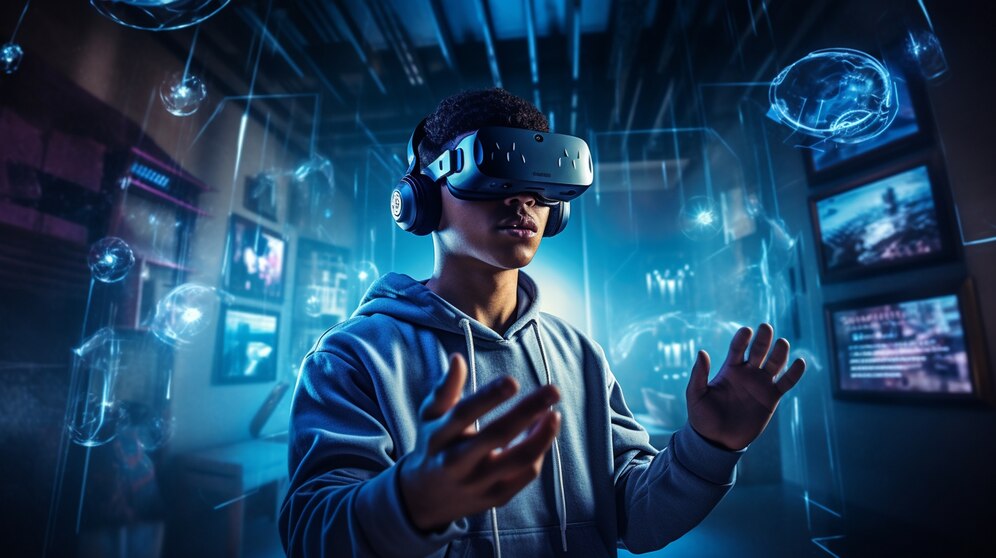AR & VR Technology Solutions
Explore the Next Frontier of Digital Experiences
What is AR and VR Technology?
Augmented Reality (AR): AR technology overlays digital information onto the real world, enhancing the user’s perception of their environment. AR applications are accessible through smartphones, tablets, and AR glasses, providing interactive experiences that blend digital and physical elements.
Virtual Reality (VR): VR technology immerses users in a fully virtual environment, often using a headset. VR experiences can simulate real-world scenarios or create entirely new worlds, offering users an interactive and immersive experience.

Benefits of AR and VR Technology
Enhanced Engagement: Capture and maintain user attention with immersive and interactive experiences that are memorable and impactful.
Improved Learning and Training: Use realistic simulations to improve skill acquisition and retention, reducing training costs and risks.
Increased Sales and Conversion Rates: Provide customers with a better understanding of products, leading to higher satisfaction and increased sales.
Innovative Branding Opportunities: Differentiate your brand with cutting-edge technology that positions your company as an industry leader.
Cost-Effective Solutions: Use virtual environments to test and visualize products, reducing the need for physical prototypes and demonstrations.

